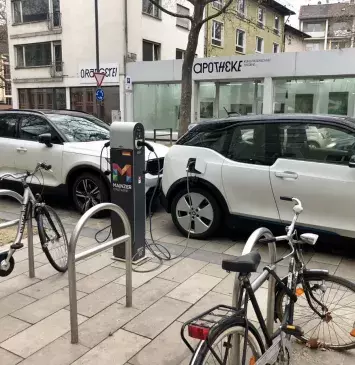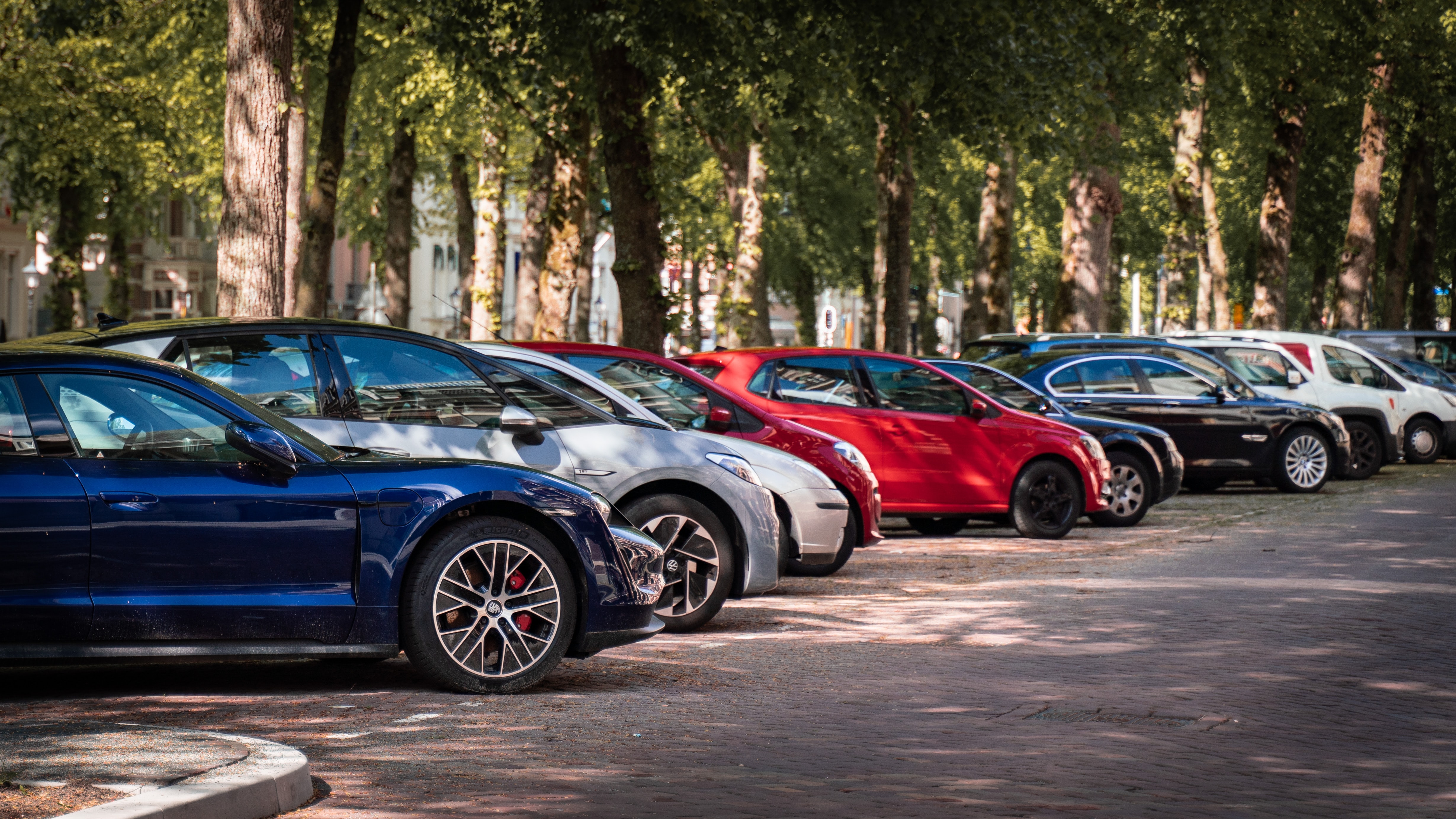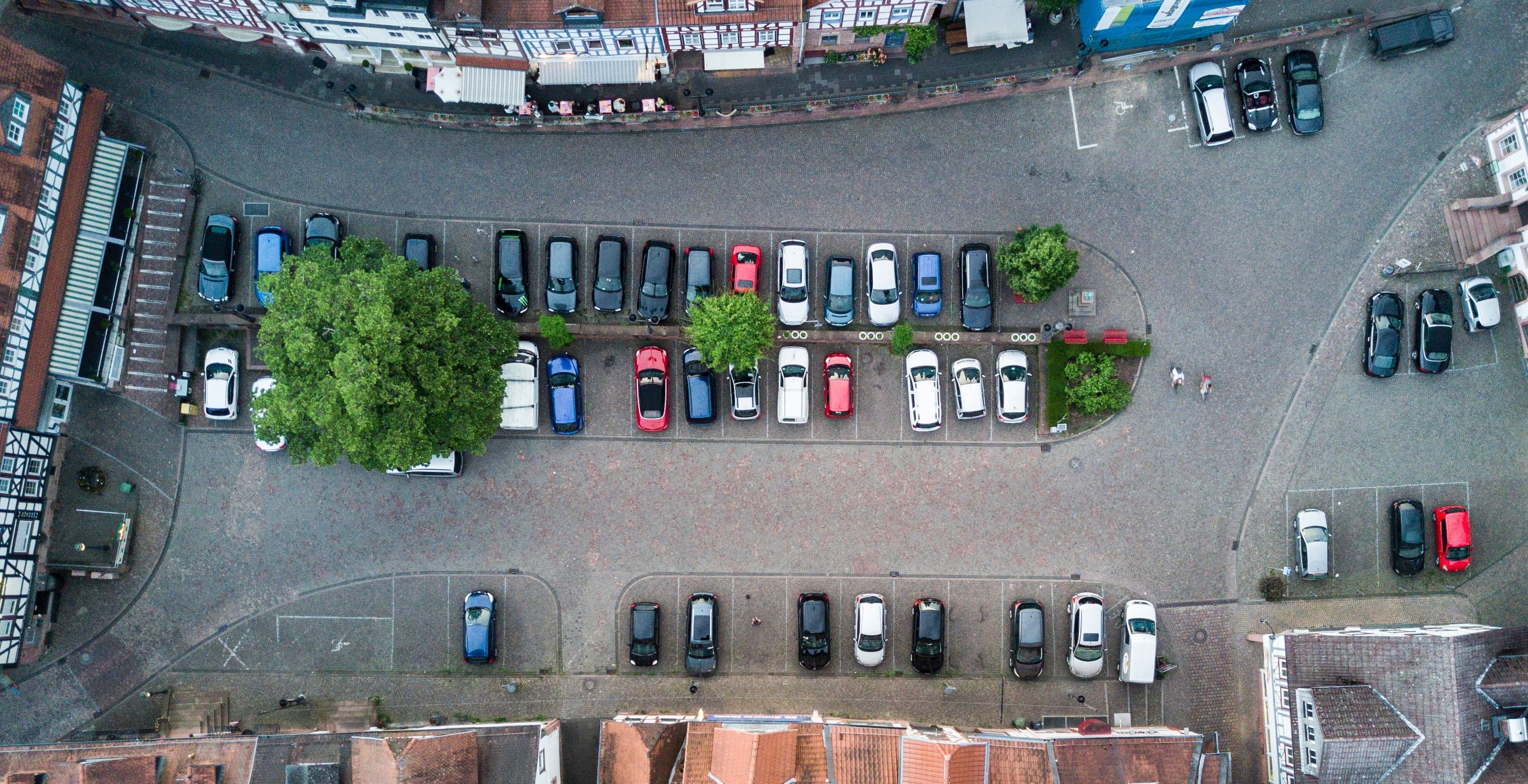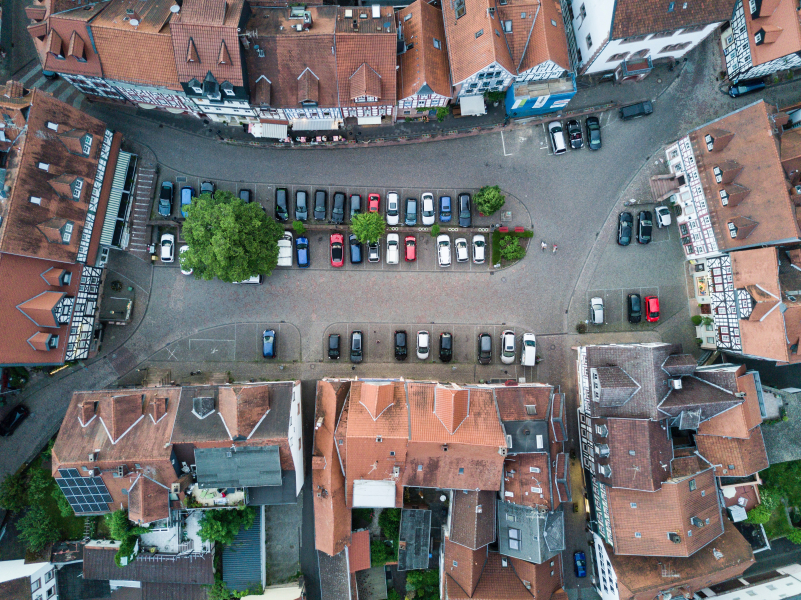
Off-Street Smart Parking
Off-Street Smart Parking
Off-Street Smart Parking is an intelligent parking guidance system for off-street parking spaces. It involves parking strategies that use technology to consume as few resources as possible, such as fuel, time, and public space, while monitoring the occupancy of parking spaces (e.g., through sensors and cameras). Real-time data from surface parking lots or underground garages is analyzed to improve the process of reserving, occupying, and paying for parking. This information can be displayed to people looking for parking on signs, street lights, or smartphone apps, all while being automatically updated. The data is also used internally for live parking management.
Sustainability check: How does Off-Street Smart Parking help?
- Reduces pollution and noise levels
- Improves the quality of life of local residents by lowering traffic volumes
- Optimizing the use of parking spaces
- Supports and enables new solutions for motorists to find available parking spaces, change traffic flow, and improve user experience
Requirements: What is needed for off-street smart parking?
- An existing traffic control system promotes successful integration and lowers the cost of a smart parking system.
- No major infrastructure expansion is required, as the sensors and cameras can be installed in the existing urban infrastructure.
- A stable Internet connection is required for sending and receiving information.
- Data from vehicles can to a certain extent replace the installation of sensors or cameras.
Our Raiting:
The design and establishment of intelligent off-street parking systems can serve as a basis for the introduction of on-street parking systems. Cities should take a holistic view of their parking policies - including sustainability and emission reduction - and develop their systems accordingly. Installation and maintenance can be carried out by contractors for new parking lots and by parking operators and cities themselves for existing parking lots.
Which SDGS are addressed?
In order to create globally sustainable structures, the member states of the United Nations have set themselves 17 goals by 2030, which are set out in the 2030 Agenda for Sustainable Development.
Matching applications
Available applications for this solution can be found here:
Smart Parking - Balance
Adoptable realizations

Associated challenge(s)
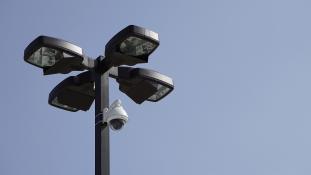
How to Manage Parking
- 3 Solution(s)
- 5 Datasource(s)
Matching data(sources)
Obtain data(sources) for this solution here:
